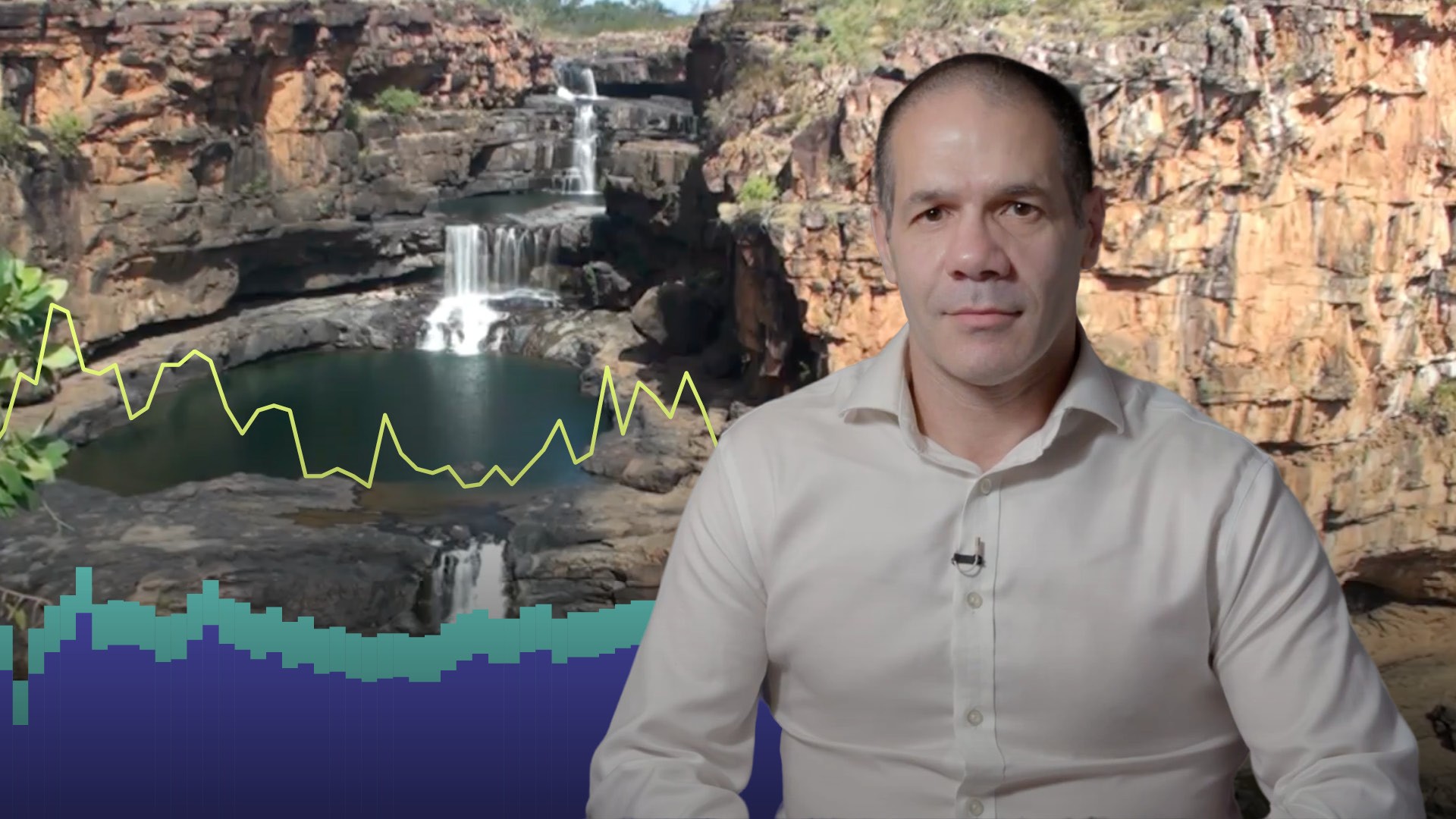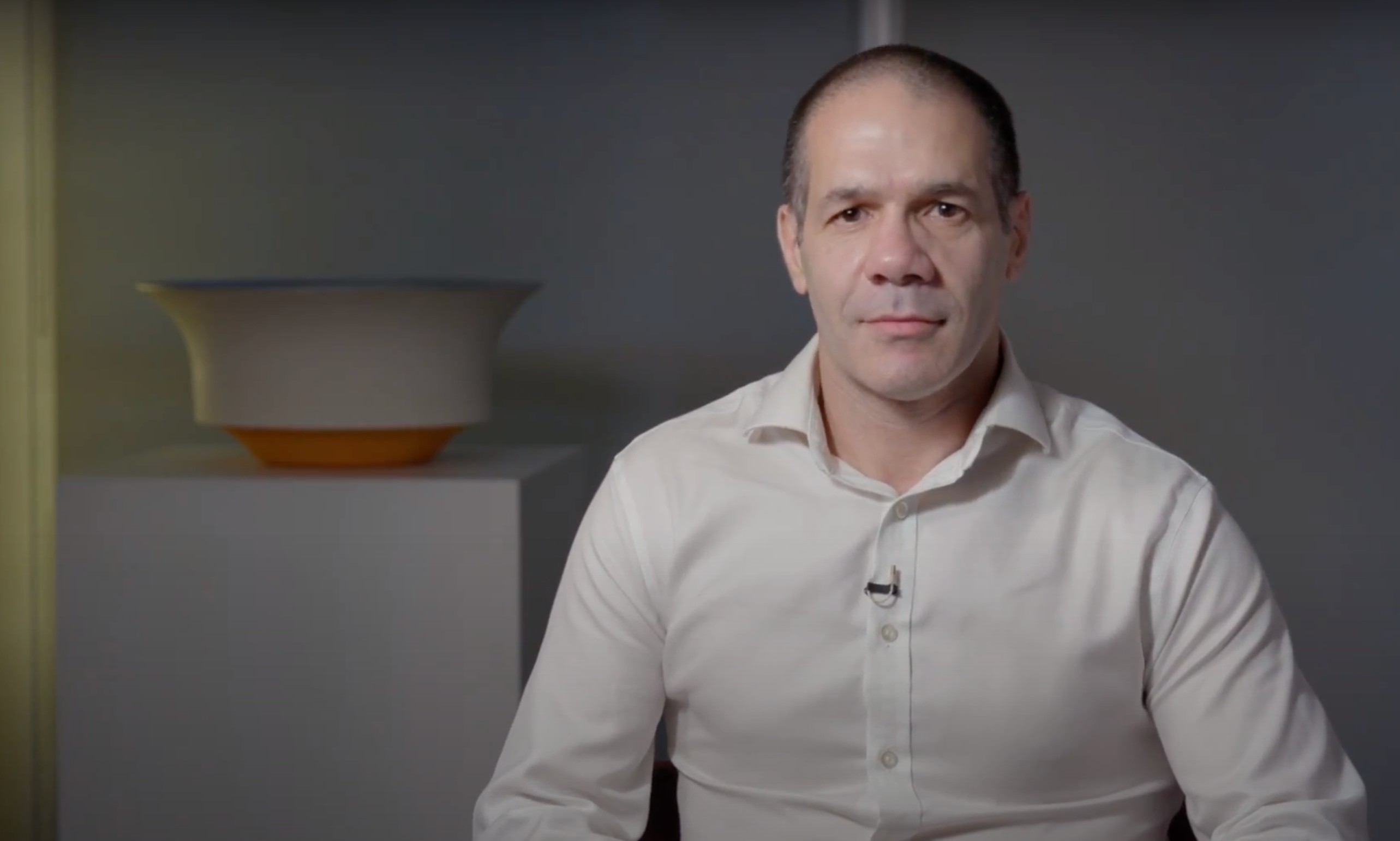
Arbitrage Opportunities in the CLO Context

Christos Danias
20 years: Credit & structured finance
In this series of videos, Christos will explain how a CLO works. In this first video, Christos will start with the basic features which enable the CLO to fulfill its purpose.
In this series of videos, Christos will explain how a CLO works. In this first video, Christos will start with the basic features which enable the CLO to fulfill its purpose.

Arbitrage Opportunities in the CLO Context
10 mins 4 secs
The following presents a brief overview of how a CLO can be arbitraged. For a more in depth example, please reference the video.
Key learning objectives:
Understand how CLOs present an arbitrage opportunity for investors
Describe an arbitrage opportunity
What is the Arbitrage Opportunity?
The purpose of a CLO and the only reason it exists is quite simple. It is a vehicle which enables you to borrow at a low interest rate and buy assets which pay you a high interest rate, creating an arbitrage.
For example, say you find a portfolio of assets which yield 4%, and you want to buy them. You need to borrow money to fund your purchase, so you look around to see who will lend you at the cheapest rate. You manage to borrow at 3%, buy assets which yield 4%, and you now have that excess 1% interest all for yourself.
What is the key to the Arbitrage?
The key to the arbitrage is tapping into an optimal source of debt investors to lend you money, whereby you can get:
- The most leverage
- The cheapest cost of funding
What happens in the case there is no Arbitrage?
Sometimes, market conditions are as such that there is no arbitrage. When that is the case, CLOs simply stop printing. So the purpose of a CLO is to take advantage of this arbitrage, between the yield of a portfolio, and what it costs to fund it. All excess cash goes to the equity.

Christos Danias
There are no available videos from "Christos Danias"

